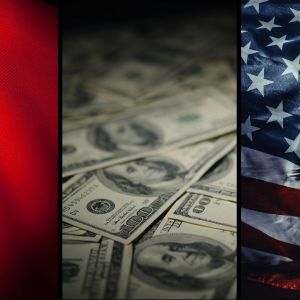U.S. solar imports from Southeast Asia are now facing new tariffs
2 min read
U.S. trade officials have set final tariff rates on most solar cells imported from Southeast Asia, marking a key stage in a year‑long trade dispute launched by American manufacturers. The decision targets panels made by Chinese companies with factories in Malaysia, Cambodia, Thailand, and Vietnam, which are accused of undercutting domestic producers with low prices and government support. Last year, Korea’s Hanwha Qcells and Arizona‑based First Solar Inc., joined by several smaller firms, filed a complaint under the American Alliance for Solar Manufacturing Trade Committee. They argued that Chinese‑owned factories abroad were selling cells below production cost and receiving subsidies that left U.S. makers at a disadvantage. The group said the practices threatened billions of dollars in investments in U.S. solar manufacturing. The new duties exceed those of the previous year The newly announced tariffs , unveiled on Monday, exceed the preliminary levies imposed late last year. Rates vary by company and country: products from Malaysia‑based Jinko Solar will face combined dumping and countervailing tariffs of 41.56%, while panels made by Trina Solar in Thailand are hit with a 375.19% tariff. Producers in Cambodia, who did not cooperate with the investigation, face duties of over 3,500%. “These are very strong results,” said Tim Brightbill, an attorney for the American manufacturing alliance, during a call with reporters. “We are confident that they will address the unfair trade practices of the Chinese‑owned companies in these four countries, which have been injuring the U.S. solar manufacturing industry for far too long.” Last year, Southeast Asian suppliers sent more than $10 billion worth of solar goods to the United States, making up the bulk of domestic supplies. The threat of tariffs has already reshaped global solar trade: imports from the four nations under review have fallen sharply compared with a year ago, while shipments from countries such as Laos and Indonesia are on the rise. Critics say higher tariffs could inflate costs for American assemblers Critics, including the Solar Energy Industries Association trade group, warn that higher duties on imported cells could drive up costs for American factories that assemble panels. Those facilities have grown since a clean energy manufacturing subsidy was introduced in 2022. SEIA representatives were not immediately available for comment on the finalized tariffs. The preliminary tariffs were imposed in December and were due to expire this spring, pending a final ruling by the commission. For the duties to take effect, the U.S. International Trade Commission must vote in June to confirm whether dumped and subsidized imports caused material harm to the domestic industry. If approved, the tariffs will stay in place for five years, subject to review. Cryptopolitan Academy: Want to grow your money in 2025? Learn how to do it with DeFi in our upcoming webclass. Save Your Spot

Source: Cryptopolitan



